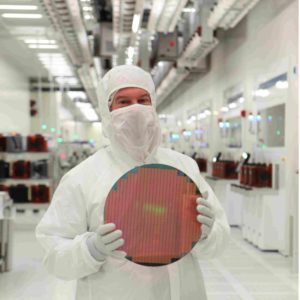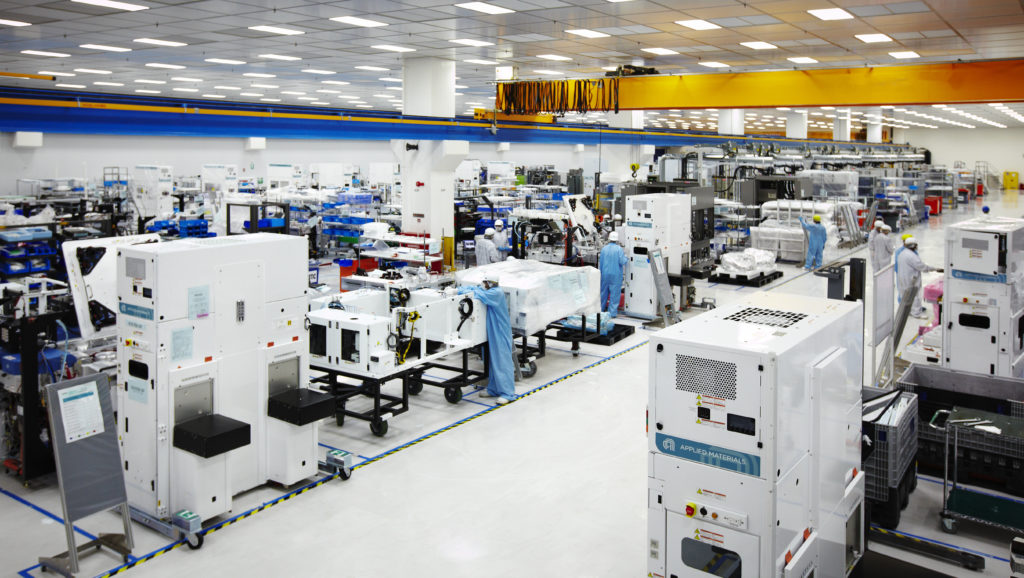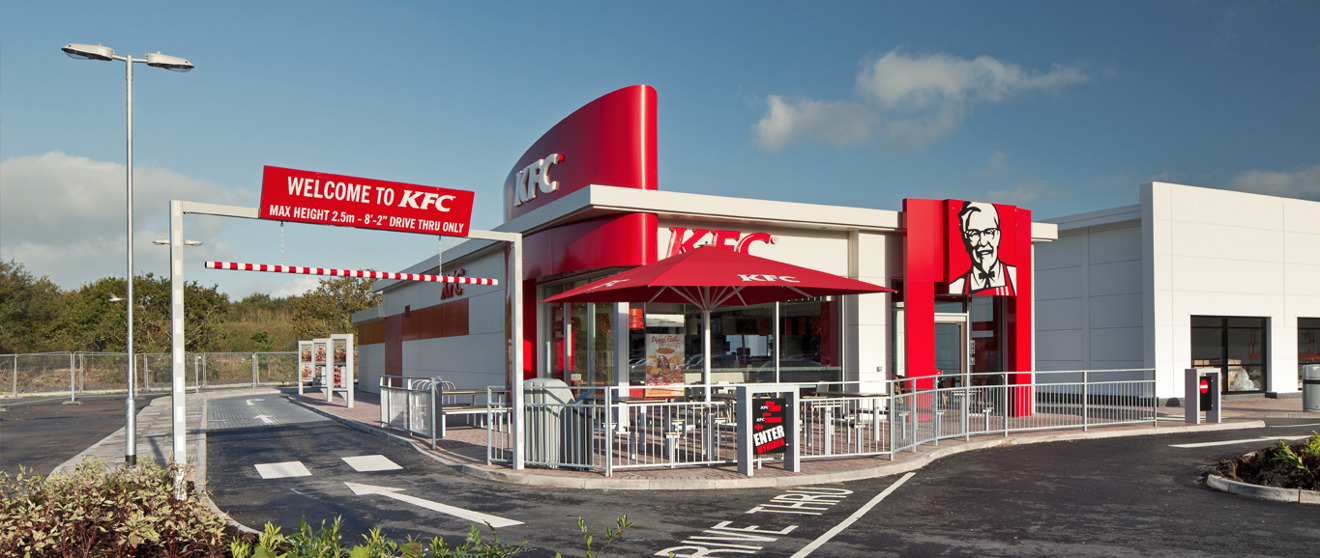Over the last few days there has been a slew of headlines for Tematica Investing Select List holding Apple (AAPL), one of the core companies behind our Connected Society investing theme. There has been an upgrade of the shares as well as a downgrade, respectively, by investment firms Maxim and Longbow Research. That’s not the only push/pull that we’ve seen in the share price. The other has been favorable data vs. the historical seasonal downtick in smartphone volumes as we move from the December quarter into the March one.
The favorable data came in the form of the latest CIRP numbers, which indicate Apple increased its U.S. iPhone activations ten points in the final quarter of 2017, from a 29% share in the September quarter to 39% by December. More significantly, new phone activations were up five points year over year, from 34% in Q4 2016 to 39% in the same quarter last year.
Part of the downgrade at Longbow, which lowered its rating to Neutral from Buy, likely stems from the seasonal slowdown in smartphone sales we are once again hearing about from component suppliers. Given the magnitude of the iPhone on Apple’s overall business, it’s not surprising that this is once again coming into focus. Apple has previously warned that investors should avoid reading too much into supply chain speculation because of its size and complexity. With Apple having launched three new flagship products in 2017, including the higher-priced and higher-margin iPhone X, we’re not going to overthink this but we will be paying attention.
Apple is set to report its December quarter earnings on Feb. 1, which will give us all the key metrics for the quarter. Odds are Apple will offer some vague guidance on smartphone volumes, and the earnings conference call will likely be littered with folks trying to get Apple CEO Tim Cook and others to spill something. But Apple has been doing this a long time, and they are well rehearsed in not answering questions they don’t want to.
This means zeroing in on what is said by key suppliers in the Apple ecosystems both ahead of Apple’s reporting date and after. The day before Apple’s earnings, Qualcomm (QCOM) will issues it results. Soon after, we’ll hear from RF chip company Skyworks Solutions (SWKS) and chip company Cirrus Logic (CRUS), which focuses on audio and voice signal applications and reports on Feb. 5. Another company I’ll be listening to is Broadcom (AVGO), which supplies a variety of connectivity chips including Bluetooth and WiFi to the smartphone markets as well as others.
As we look to put these iPhone outlook puzzle pieces together, there are other moves afoot at Apple. Yesterday, as part of its tax repatriation moves, the company announced that over the next five years it expects to contribute $350 billion to the US economy, create 20,000 jobs in the process, and bump up its Advanced Manufacturing Fund to $5 billion from $1 billion. The stock market greeted that news with open arms as Apple shares moved higher. The real move to be had, however, will be when Apple shares its view on how tax reform will impact its 2018 EPS. Current estimates call for the company to earn $11.46 per share this fiscal year, up from $9.21 last year. We’re also be listening to see if Apple ups its quarterly dividend of $0.63 per share or authorizes another share repurchase program.
Understandably, that news took over the headlines, but there was other news to be had. According to a new report from Variety, following the pull out by HBO, Apple will take over the lease at a new Culver City, California 128,000-square-foot development. This adds to Apple’s Los Angeles area footprint in a meaningful way, seeing that Culver City is also the location where Beats is headquartered. The widespread belief is this will be the space where Apple houses its original content efforts. After sitting on the sidelines for a number of years, Apple is slowly dipping its toe into the content creation waters, moving past that silly Carpool Karaoke show with pending programs with Reese Witherspoon and Jennifer Aniston, Nichelle Tramble Spellman’s “Are You Sleeping,” and a 10-episode comedy sketch show starring Kristen Wiig.
Despite its reputation, Apple tends not to be a first mover, but rather one that makes its move at the tipping point of a technology or consumer behavior. We’ve seen this time and time again with new technologies and the iPhone, and we suspect we are seeing this with its push into original content. Given Apple’s array of connected devices and changing demands from viewers that increasingly opt to stream the content they want, when they want it, on the device they want it on without having to buy it, the direction makes perfect sense. From our perspective, here at Tematica, it was only a matter of time for Apple to make this move as it looks to follow the example set by Netflix – leverage original content to lure subscribers — to make its devices even stickier with consumers. Hopefully, Apple will have a stronger starting lineup than Amazon (AMZN) has with its original Prime Video offering.
Finally, it appears that we will soon see Apple’s virtual assistant in a smart speaker, better known as HomePod, hitting shelves. Reportedly, Apple supplier Inventec has started shipping the device, and expectations are that between Inventec and Hon-Hai Precison Industry, the other HomePod supplier, Apple will ship 10-12 million units in 2018. Much like other new non-iPhone products, including the Apple Watch, the HomePod probably won’t have a significant impact on Apple’s revenue and earnings during its first year, but it does help shore up Apple’s efforts in the Connected Home alongside Apple TV at a time when Amazon and Alphabet/Google are making inroads.
And here’s a wild thought, given all the digital assets at Apple’s disposal and its growing presence in the payments industry, how long until we hear rumors of an “AppleCoin”?
The bottom line on Apple is we continue to see the company as a core holding of our Connected Society and Cashless Consumption investing themes, and the added tailwind of our Content is King investing theme could improve its position in our increasingly digital lifestyle.
- Our price target on Apple shares remains $200, and we are inclined to be buyers on weakness following the company’s December quarter earnings report on Feb. 1









